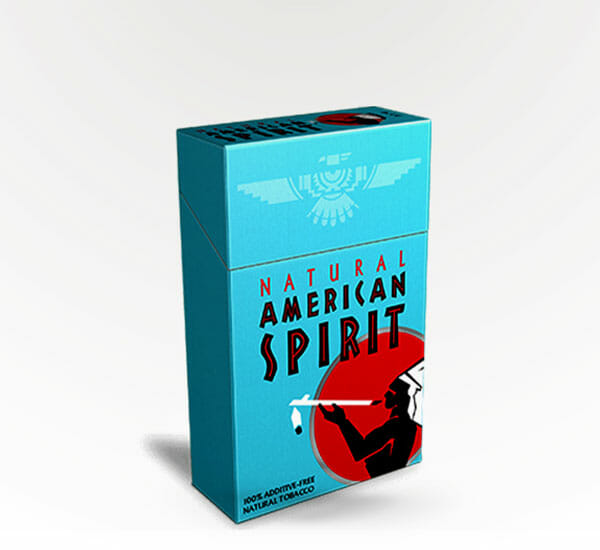
How is Tobacco Processed?
How is tobacco processed?, That’s a good question. After harvesting tobacco leaves, they must go through extensive processing to be turned into products like cigarettes, dip, and cigars. First, the tobacco leaves must be cured—a drying process that gives the plant distinct characteristics and qualities.
Common Curing Methods
Flue-curing is the most popular curing method for Virginia tobacco. It involves hanging the tobacco leaves in curing barns and using hot air to dry them. As a result, the leaves develop unique colors, flavors, and aromas.
Air-curing, on the other hand, involves leaving the leaves to hang in a well-ventilated curing barn where they dry naturally. This process, which can take anywhere from four to eight weeks, is commonly used on Burley tobacco.
Alternatively, tobacco leaves can be sun-cured, meaning they are hung in a sunny area and left to dry for about two weeks. Each method, therefore, imparts different qualities to the final product.
Fermentation and Final Processing
Next, depending on the final product, the tobacco may go through a fermentation process. For example, in cigar production, the cured leaves are fermented, which reduces nicotine and enhances flavor. This step is crucial for developing the rich, complex aromas associated with high-quality cigars.
Once fermentation is complete, the tobacco is ready to be blended and manufactured into products like cigarettes, cigars, snuff, and dip. Blending, in particular, allows manufacturers to create balanced and flavorful products.
Types of Tobacco Products and How Their Tobaccos Are Processed
There are a wide variety of methods used to enjoy tobacco. Some involve smoking, while others involve snorting or oral absorption. Ultimately, the method you choose may depend on your nicotine preferences or how discreet you wish to be.
A. Bidis
Bidis are small, hand-rolled cigarettes that are especially popular in Southeast Asia. They typically consist of tobacco wrapped in a leaf and are tied at the ends with a colorful string. Additionally, bidis may be flavored with chocolate, cherry, or mango.
B. Cigarettes
Cigarettes are finely cut tobacco leaves rolled in thin paper. Most often, they include a filter and sometimes flavor additives like menthol. They are, by far, the most widely consumed tobacco product in the world.
Popular types include:
- Natural American Spirit: All-natural, mellow tobacco with dense filters.
- Marlboro Gold: Light, mellow, and airy blend.
- Camel Blue: Spicy, full-flavored.
- Newport Menthol 100’s: Rich menthol flavor without overpowering the tobacco.
C. Cigars and Cigarillos
Cigars are typically made from air-cured or dried tobacco that has been aged and fermented. This fermentation process can take months, enhancing both flavor and aroma.
In contrast, cigarillos are smaller, often flavored, and may contain pipe tobacco. They often have filters and are consumed more like cigarettes.
Examples include:
Backwoods Honey, Montecristo, Cohiba Toro Tubo, and Black & Mild.
D. Dissolvable Tobacco
This tobacco dissolves in the mouth and comes in forms like strips, sticks, or lozenges. Because of this, it offers a smokeless, spit-free option. Moreover, they may resemble breath mints or candy, making them discreet.
E. Electronic Cigarettes
E-cigarettes are battery-powered devices that vaporize nicotine, derived from tobacco, into an inhalable mist. Although not technically a tobacco product, they deliver nicotine much like other forms of tobacco.
Today, most flavored e-cigarettes are banned in the U.S., though common devices still include:
Juul, Hyppe Bar, and Blu Disposable.
F. Hookah
A hookah is a water pipe used to smoke Shisha—a blend of tobacco and fruit or vegetable flavoring. As a social activity, hookah is often enjoyed in groups at specialized lounges or bars.
Notably, the smoke is filtered through water before being inhaled.
G. Kreteks
Finally, Kreteks, also known as clove cigarettes, are imported from Indonesia. They contain a mix of tobacco, cloves, and other spices, delivering more nicotine than traditional cigarettes.
Interestingly, a single kretek may include over 30 types of tobacco.
H. Pipes
Secondly, Pipes are traditional devices for smoking tobacco and typically consist of a bowl, stem, and mouthpiece. While some models are simple, others are expensive, handcrafted collector’s items.
Historically, pipe smoking is one of the oldest known forms of tobacco use.
Other Ways Tobacco Is Processed and Consumed
I. Smokeless Tobacco
Smokeless tobacco products are not burned. Instead, they are placed between the gum and cheek or snorted. They generally fall into two categories: chewing tobacco and snuff.
1. Chewing Tobacco
Also, Chewing tobacco comes in forms like loose-leaf, plug, or twist. To consume, users chew the tobacco, then spit out the juices. Unlike dipping tobacco, it is not pre-ground.
2. Snuff
Lastly, Snuff comes in both dry and moist forms. Dry snuff is sniffed and offers flavored aromas. Common flavors include mint, chocolate, and cinnamon.
Moist snuff, or dipping tobacco, is ground tobacco placed between the lip and gum. Often, it’s available in loose form or pre-portioned pouches. Because it’s already crushed, no chewing is necessary to release nicotine.
In summary, tobacco processing and consumption take many forms—each with unique preparation methods and cultural significance. Whether smoked, chewed, dissolved, or inhaled, tobacco continues to evolve in its forms of use.
